Japan History, Japanese Weapons, Samurai History
From Family Dispute to Civil War
The Onin War
Who can tell that a dispute between a father and his son-in-law would eventually become a 12-year civil war? This war was known as the Onin War.
Ōnin refers to the Japanese era spanning from March 1467 through April 1469. It occurred after Bunsho and before Bunmei. Bunsho marked the history from 1466 through 146. Bunmei lived from 1469 to 1487. Go-Tsuchimikado reigned both periods.
Happening during the Muromachi period in Japan, Onin War happened in 1467 to 1477. It was the precursor to the Sengoku Jidai.
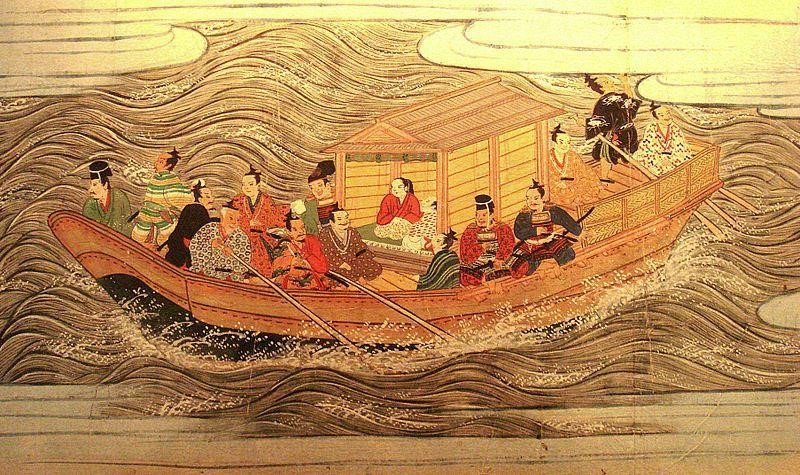
Sengoku Jidai was a period in Japan’s timeline marked by constant social upheaval, political warfare, and military conflict. It occurred from 1467 to 1600. Commonly referred to as The Warring States Period, it obtained disagreement from scholars. They found the term “warring states” inappropriate because Japan was intact during the time.
Moreover, the emperor and the Shogunate remained in command of the entire country. Hence, they suggested the period was rather of “warring warlords”.
Japan’s empire in 1467 was strange. Emperors would rule in theory, not in practice. In theory, the emperor was the one appointing Shogun, the military dictator. In practice, however, the Shogun maintained the emperor as a figurehead. Moreover, the Shogun ruled through military might wherein he had his own court and civil service, the Bakufu.
The Story Behind
Ashikaga Yoshimasa was the 8th member of the Ashikaga clan to hold the title Seii-Taishogun. He gained recognition for his focus on tea ceremony and poetry.
He wanted to retire but he had no son to inherit his throne. With that, he decided to make Yoshimi, his younger brother, his heir. But since the latter was a Buddhist monk, the Shogun had to first take him out of the monastery.
In 1465, Tomiko, the Shogun’s wife, finally bore him a son. Joy filled Yoshimasa so he made his son his heir instead. Disappointed, his brother wanted to retain his claim.
Meanwhile, two prominent nobles and advisors from Kyoto came into scene. Yamana Sozen was a Buddhist monk. His son-in-law, Hosokawa Katsumoto, belonged to the Three Butlers of the Ashikaga clan.
Since the 1450s, they had engaged in a terrible conflict. It started when they meddled in the succession disputes between the Hatakeyama and Shiba families. Seeing a new opportunity now, they did the same with Yoshimasa and his son Yoshihisa.
Taking opposing sides over the issue, Yamana backed behind Yoshihisa while Hosokawa, behind Yoshimi. This was a tactic to strengthen their own position and give themselves control of the country when the Shogun died.
The Craftsmen Responsible for the Japanese Sword
The New Bakufu – A Beginning of Change in the Edo Period
The Imperial Conquest: Siege of Chihaya
The War
Breakout
Seeking support from family relations and vassals, their supporters flooded the entire Yamashiro District of Kyoto. Yamana’s army numbered 80,000 while Hosokawa’s counted 85,000. Yet, both camps hesitated to break out into war.
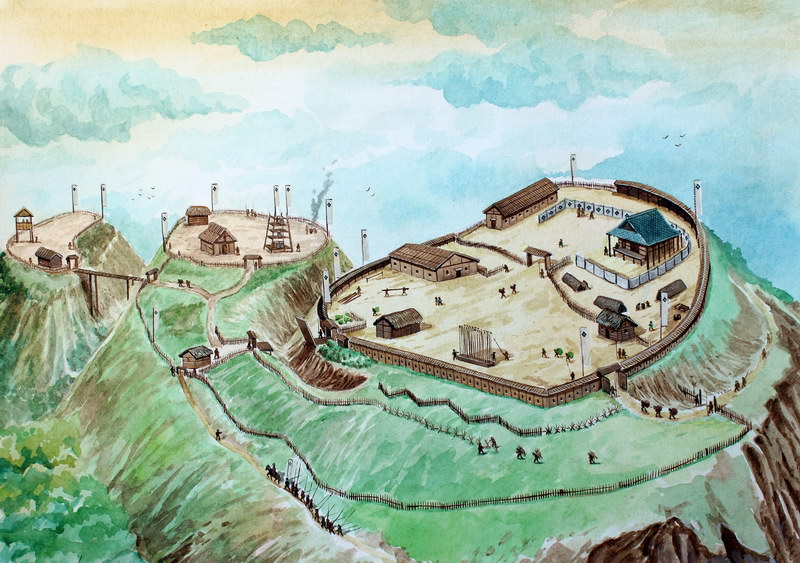
However, in 1467 a Hosokawa mansion was inexplicably burned. Yamana, obtaining 20,000 more troops with a powerful warlord, was the mastermind. This officially started the Onin War.
As an act of revenge, Hosokawa sent some of his loyal Samurai to attack a rice shipment owned by Yamana.
In May, a rumor spread telling that Yamana was planning to attack the Imperial Palace. Though unsure about the news, Hosokawa advised the entire Imperial family to move out.
He succeeded and had the family settle in the Muromachi Shogunate. Surprisingly, the former did launch an attack on the Palace later on. The latter had done just right.
Approaching the end of the month, Yoshimasa appointed Hosokawa commanding general to chastise the rebel. Supporters of the general burned the mansion of Isshiki, a Yamana general.
From a series of raid and counterraid, it grew into a complete war. In July, it eventually ruined all of northern Kyoto.
Intensification
With the intensifying battle, Hosokawa found himself trapped in the northeast part of Kyoto. Meanwhile, Yamana controlled the south and west.
In September, the rebel received 20,000 reinforcements under Ouchi Masahiro, a Yamana general. Fortunately again, Emperor Go-Tsuchimikado and the entire family were now safe. Meanwhile, the general received reinforcements as well, the Akamatsu troops.

On November 1, Yamana captured the Shokoku-ji, a Buddhist temple. This he did by bribing a monk. Also, Hosokawa attempted attacks on January 1 and April the next year. However, the two armies could barely touch each other.
Burning of temples still ensued here and there until Yoshimi finally allied with Yamana. This forced the Shogun to appoint his son Yoshihisa as his heir in 1469. The shift of allegiances made the Emperor declare the Shogun’s brother a rebel.
Meanwhile, Yamana died in 1473. Yet, the war continued, neither side knowing how to end it. However, the impression of the label “rebel” eventually led to Yamana clan’s surrender. In the end, both camps gained nothing except outnumbering one another.
Aftermath
Initial Results
Following the end of the war, Ouchi Masahiro burned down and left his area in Kyoto in December 1477. Thousands of people then visited the city to steal whatever was left by the war.
Unfortunately, the Shogun was doing nothing about the situation. Instead, he spent his time reading poetry and engaging in cultural activities. More especially, he focused on planning to build a Silver Pavilion called Ginkaku-ji. This is to compete with Kinkaku-ji, the Golden Pavilion his grandfather had built.
Violence could not seem to escape Japan as several other uprisings erupted from the Shogun’s complacency over the happenings. For instance, in Yamashiro Province, the Hatakeyama clan split into two which battled against each other.
In 1485, there was a duel between the peasantry and Jizamurai. Few years later, an uprising occurred between Ikkō-ikki and Yamashiro-ikki. This formed part of what was called the Gekokujō.
Government Rivalry
Finally, Ashikaga Shogunate fell into the hands of the Hosokawa family. In 1490, Yoshimi’s son Yoshitane became Shogun but was put to flight by Hosokawa Kanrei in 1493. Ashikaga Yoshizumi replaced him. However, in 1499, the former Shogun got the military support of the Ouchi after visiting Yamaguchi. This family helped restore back the Shogunate to his leadership as Yoshizumi left in 1508.
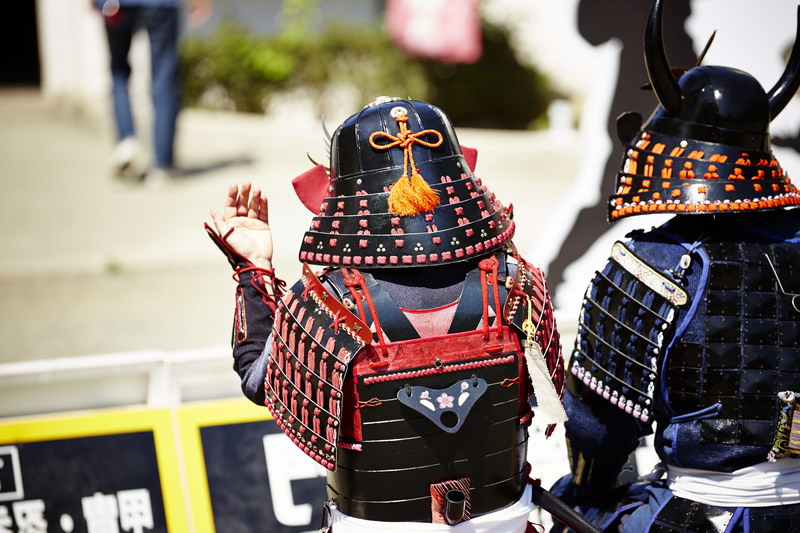
Conflicts concerning the control over puppet governments ensued. These were more than simply high ambitions and greed for position. When Hosokawa died, his adopted sons Takakuni and Sumimoto rivaled over succession to the Kanrei. Not knowingly, Sumimoto himself was a puppet of one of his subordinates.
The Shogunate remained in the control of the Hosokawa family only until 1558. During this time, they were betrayed by the Miyoshi clan, one of their servant families.
Final Decline of War
As the Warring States Period concluded, there still remained a number of warlord families initiating wars. However, they were not anymore as devastating and endless as those in the period. Even so, Kyoto suffered much damage and hardly recovered until the mid-16th century.
Hosokawa tried to incite another civil strike that would force Ouchi to submit and leave. Since the close of the Onin war, this war spread all throughout Japan.
However, the enormous cost for a Daimyo and the decreasing power of warlords led to a unified military government. It was brought about by the three figures of Japanese unification spearheaded by Oda Nobunaga.

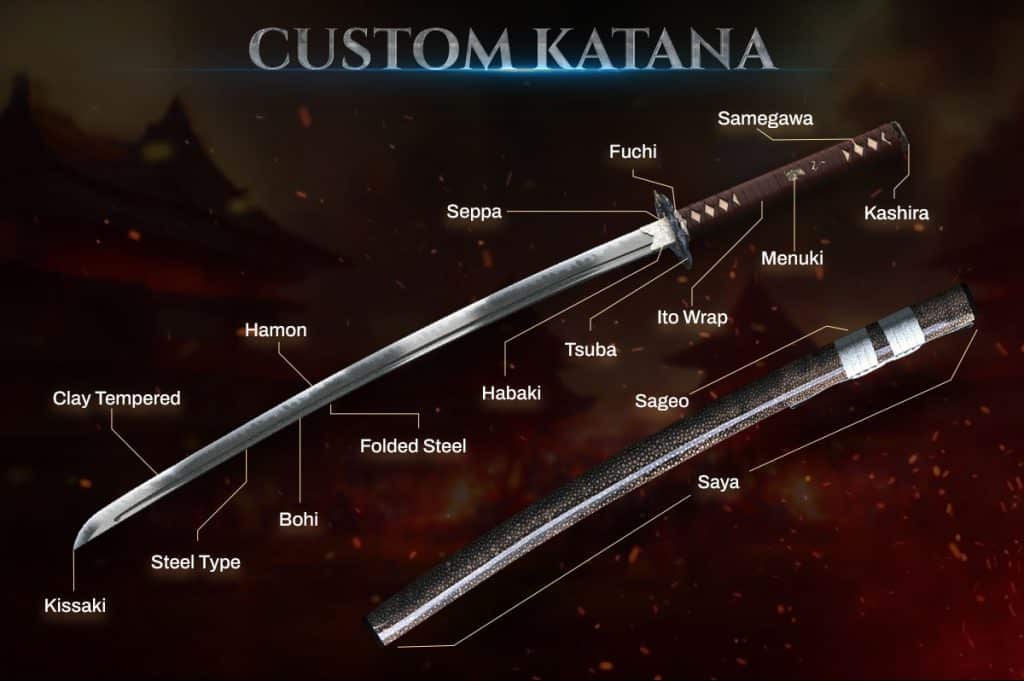
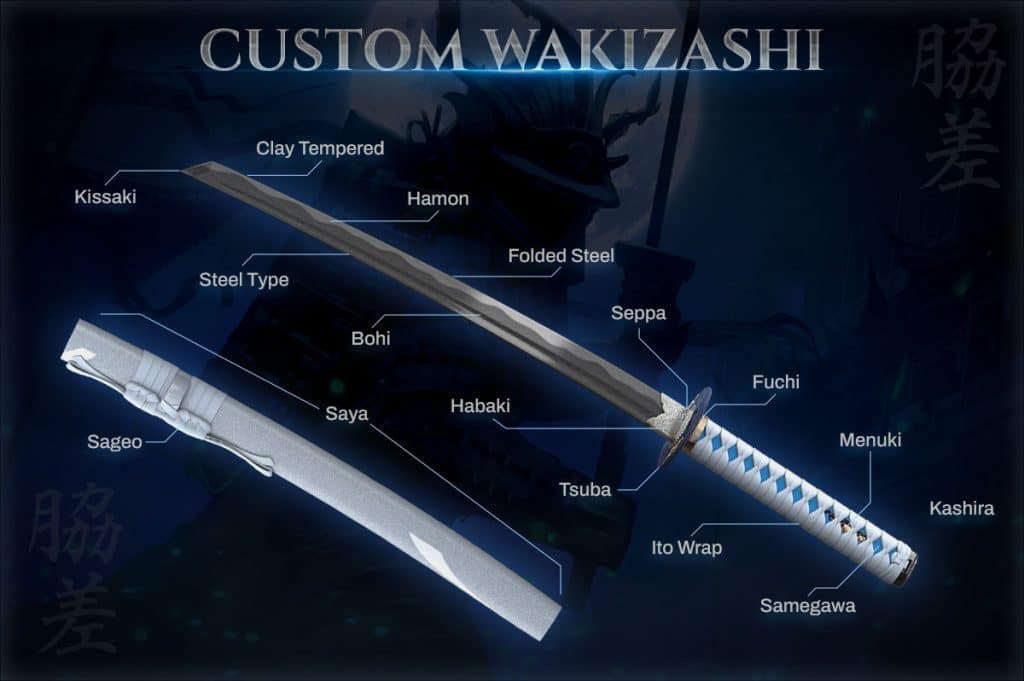
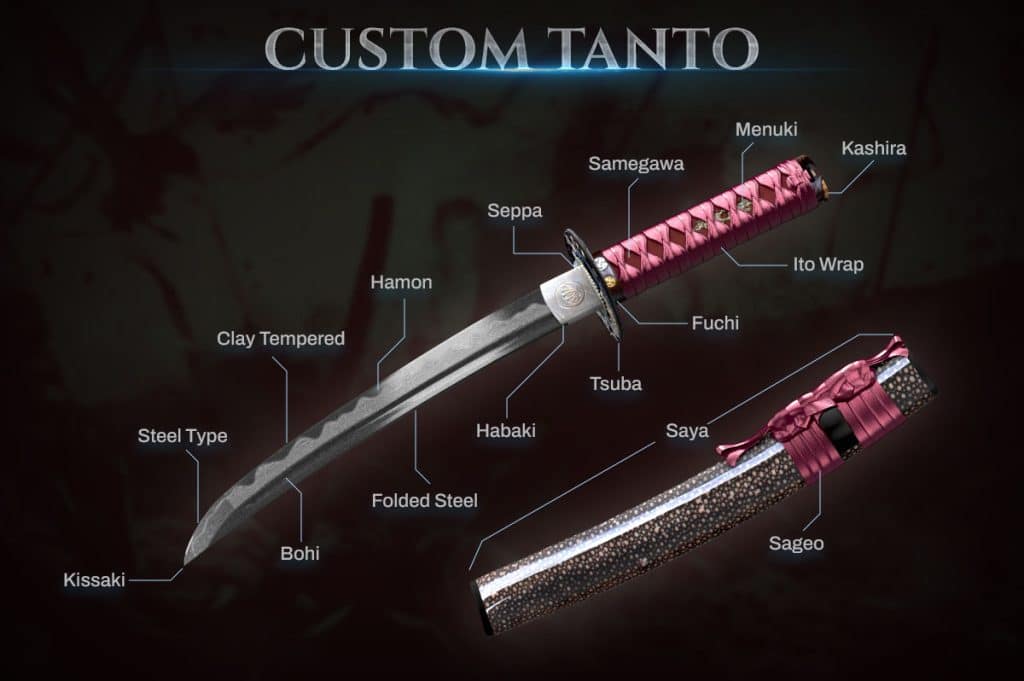
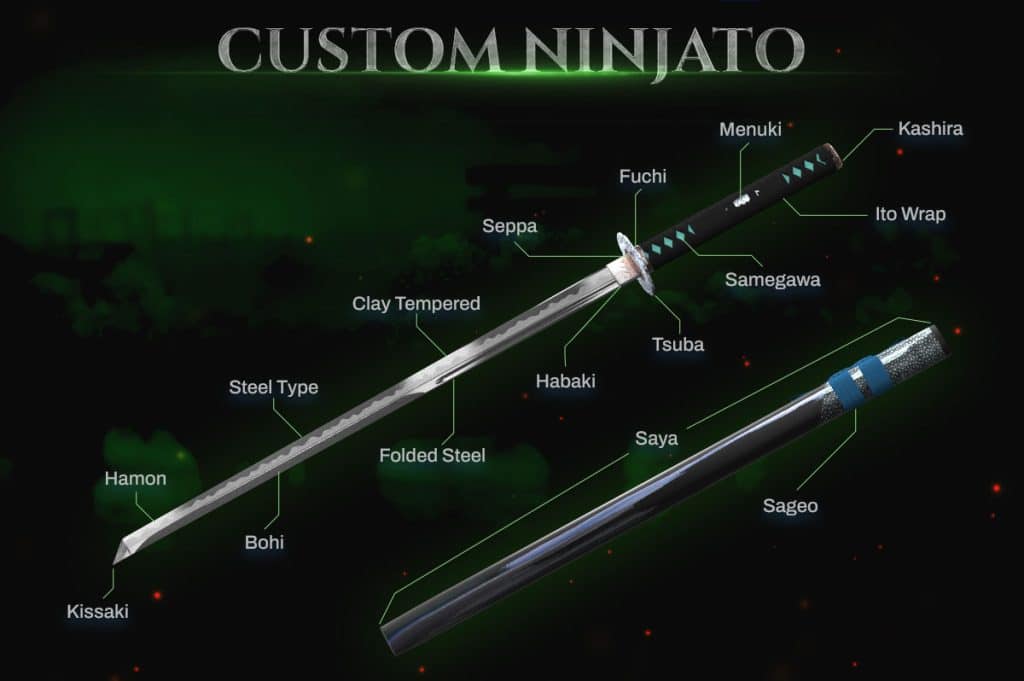
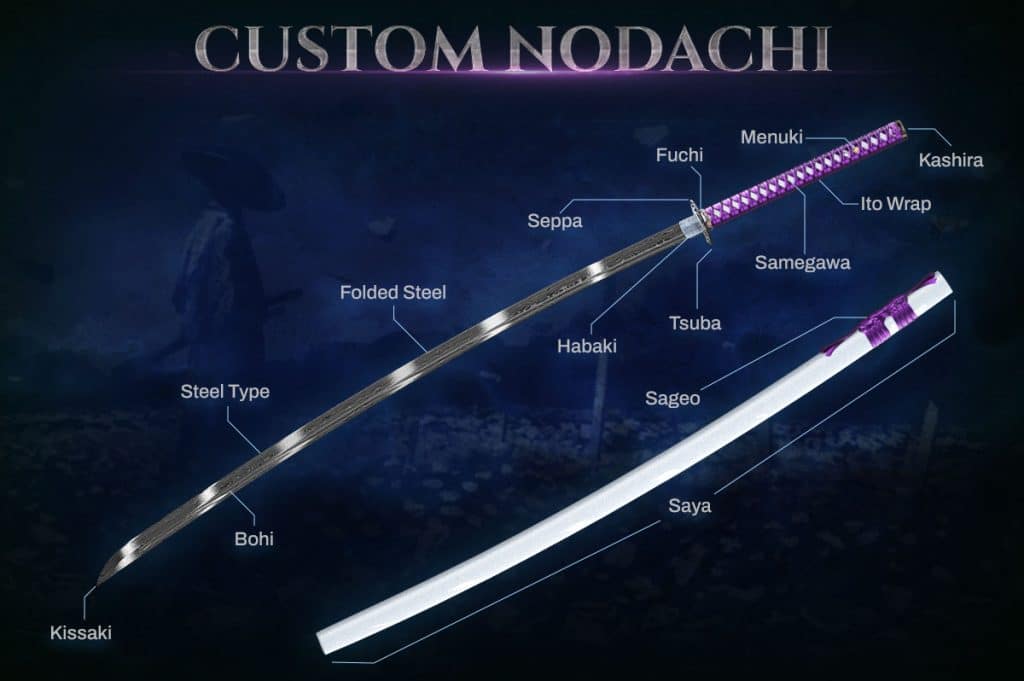
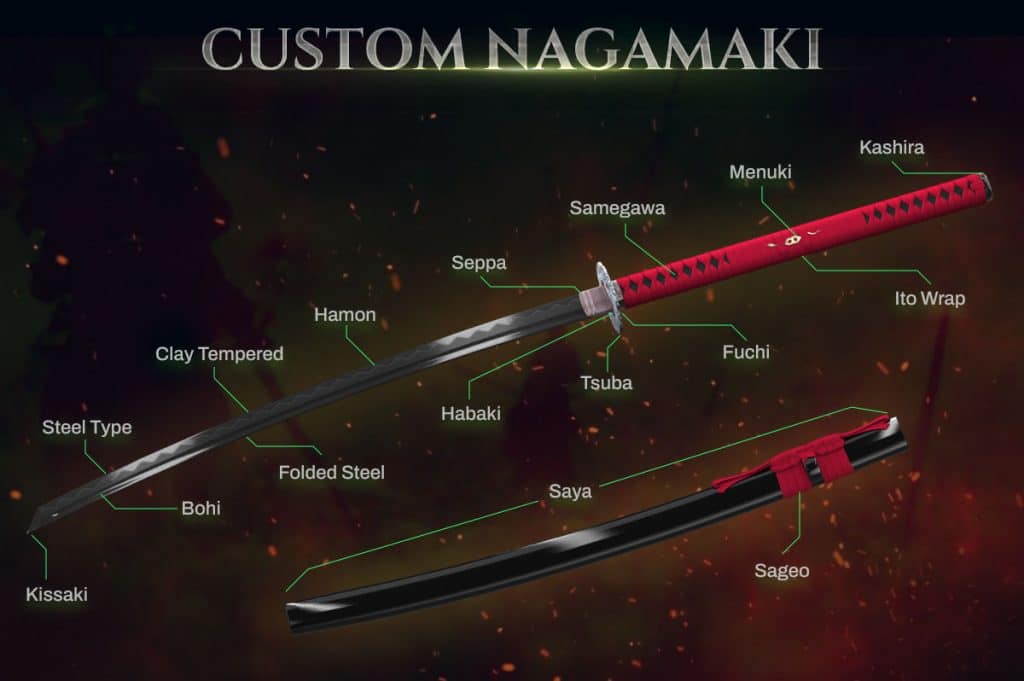
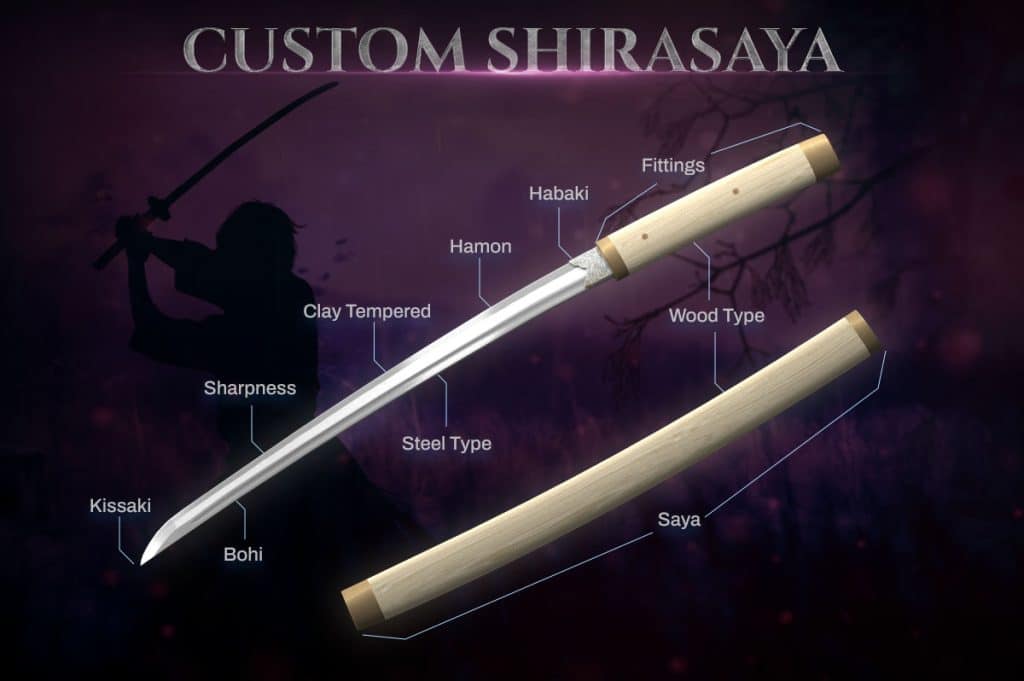
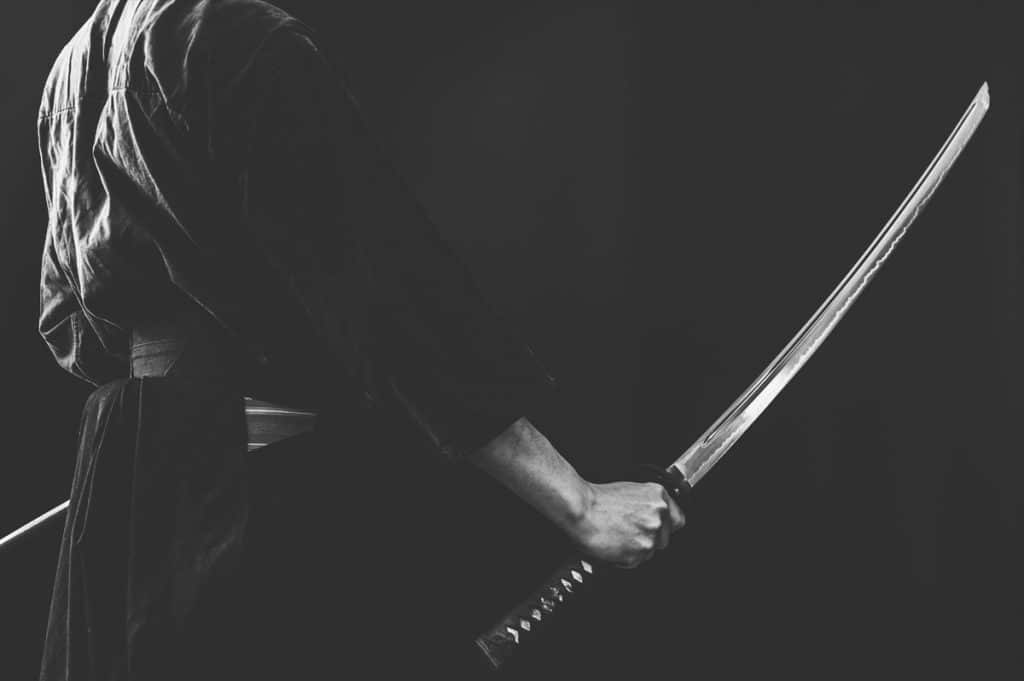
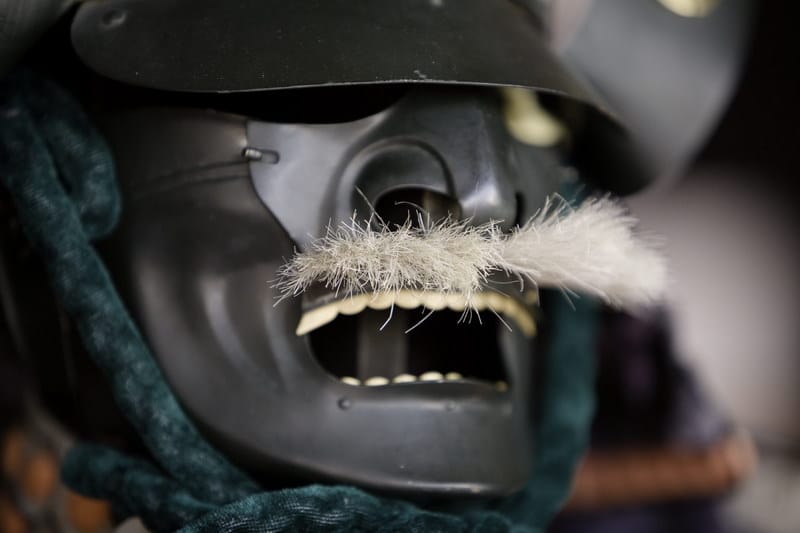
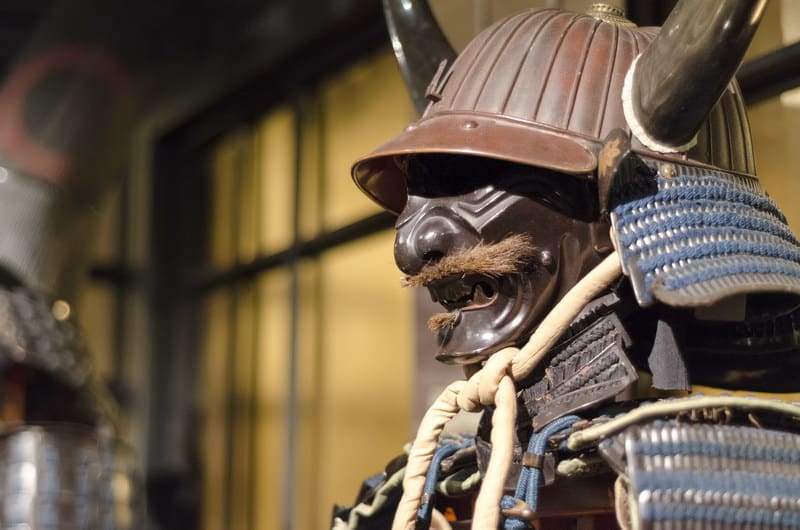
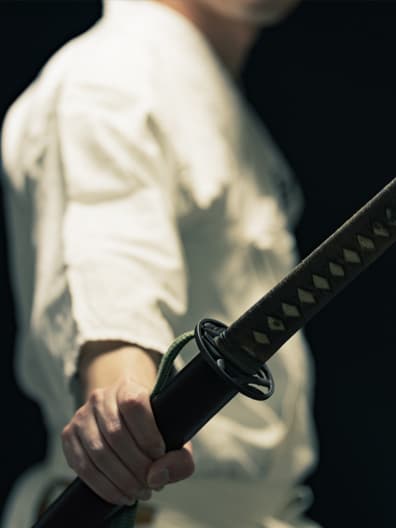
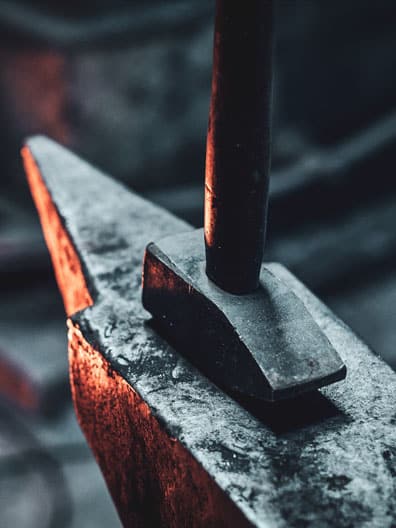
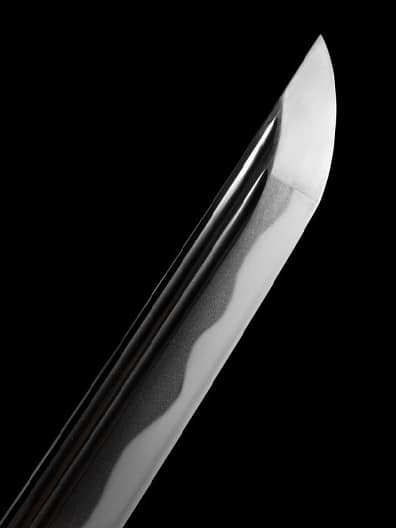
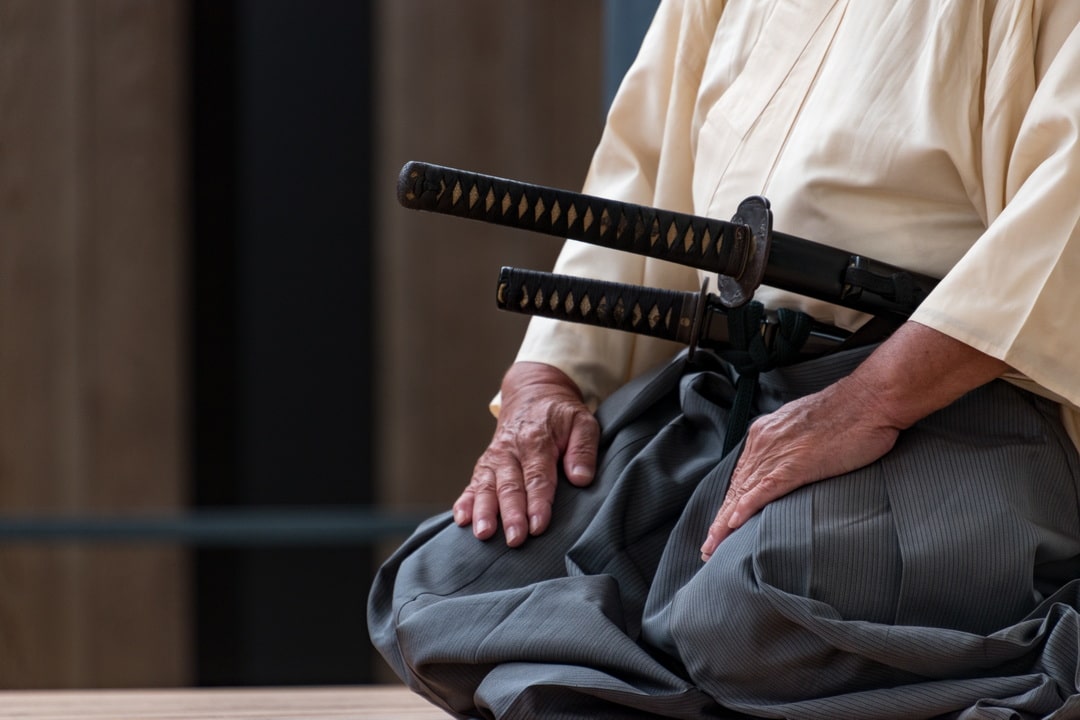
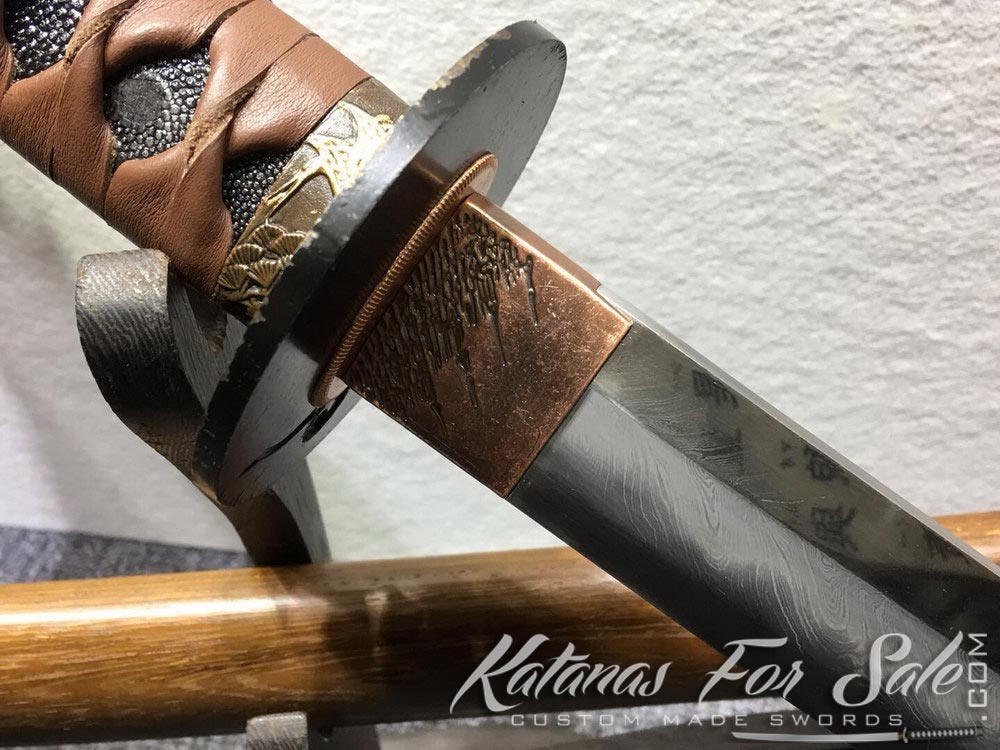
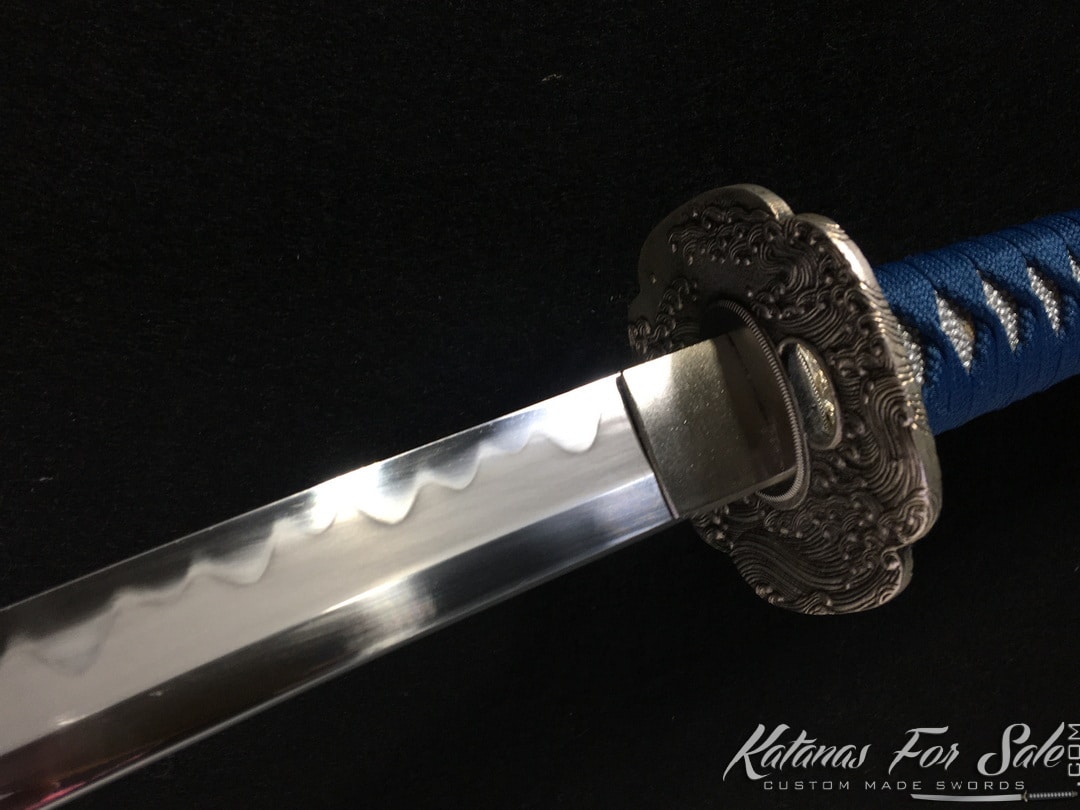
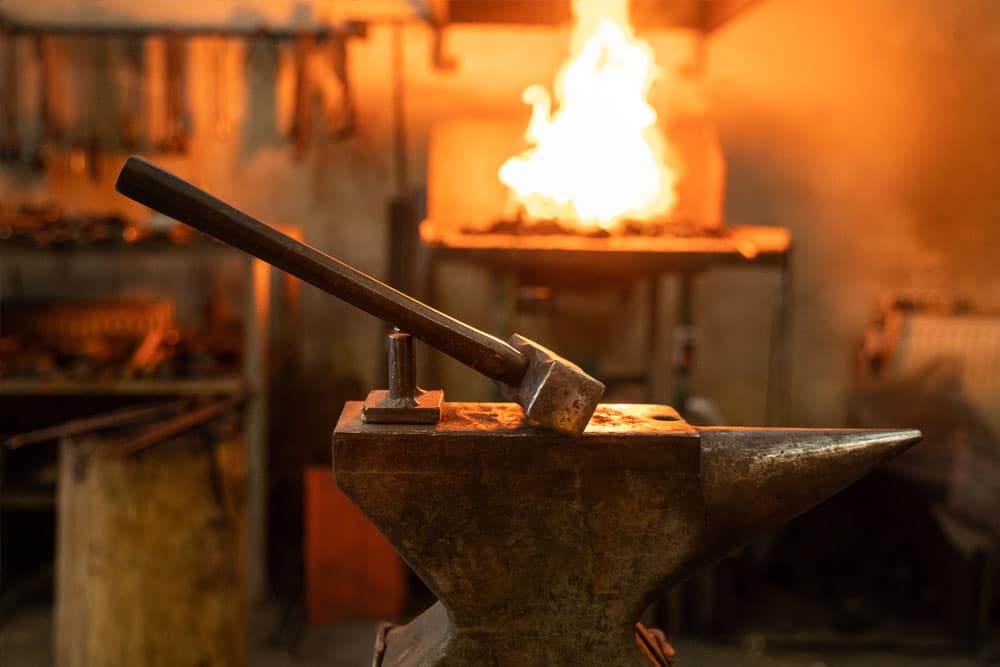

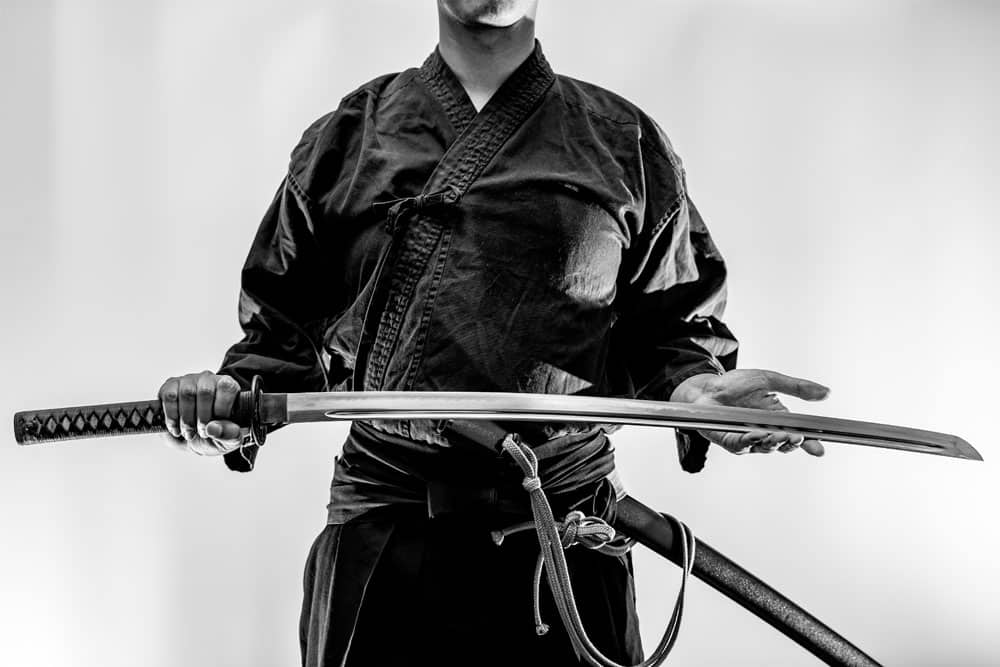

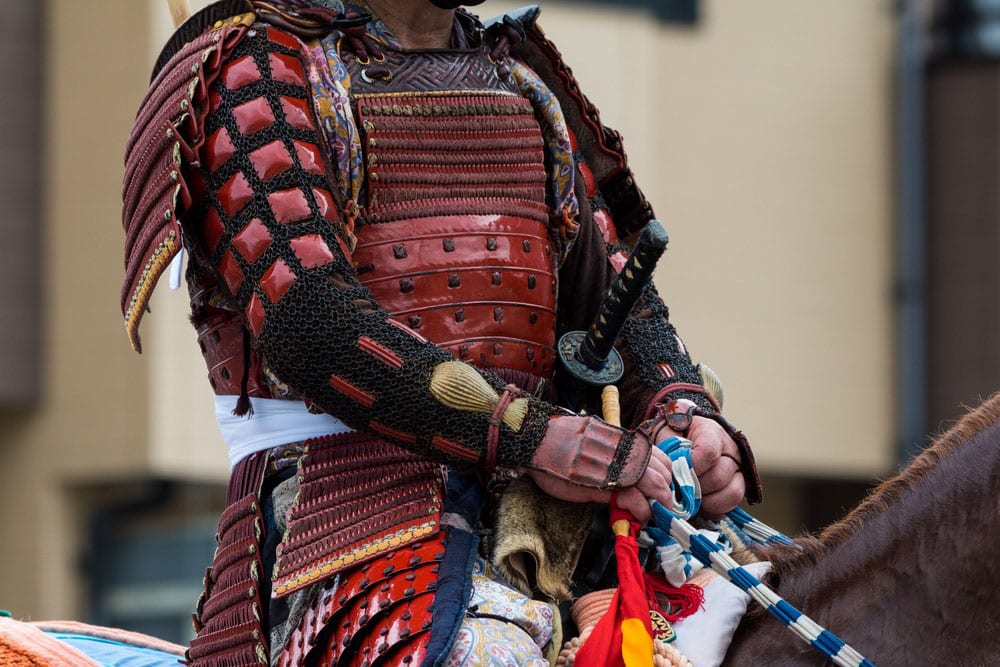
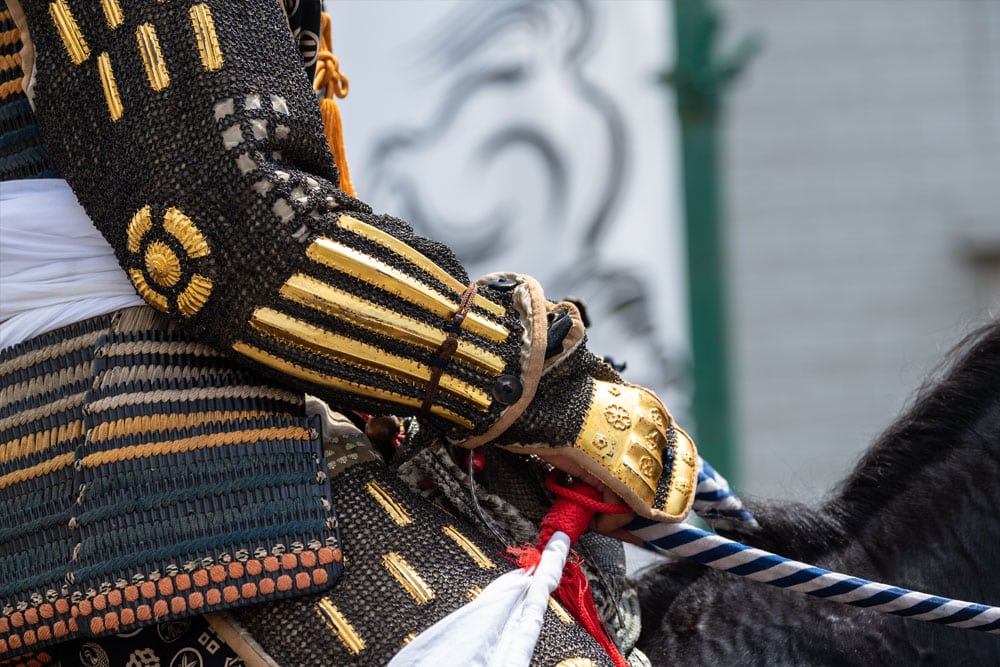
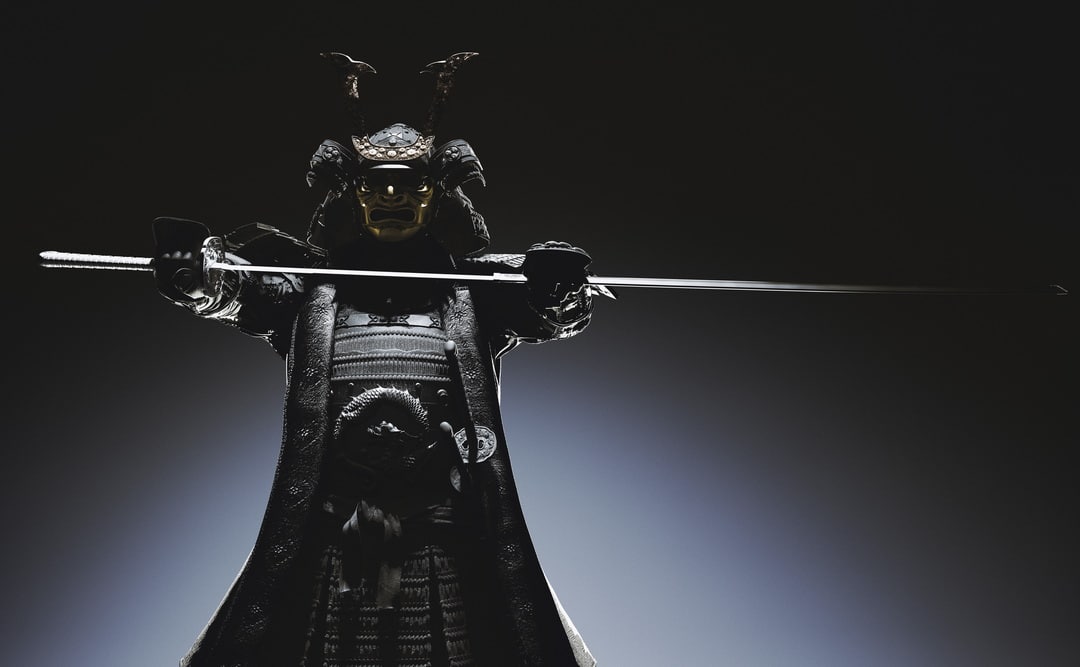
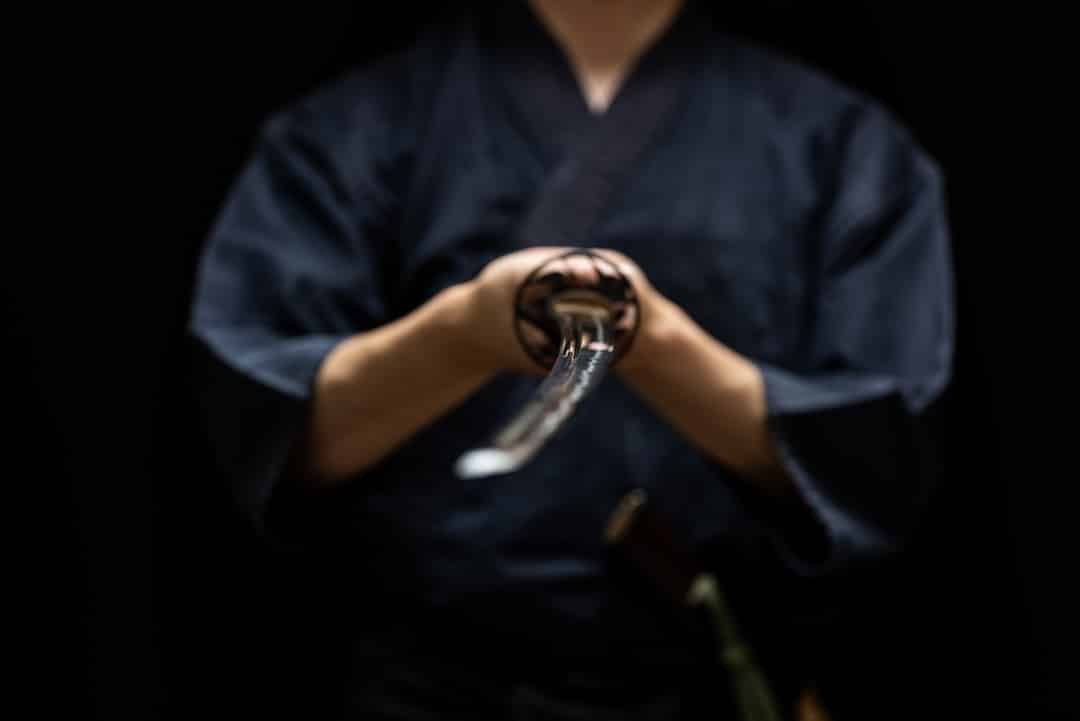
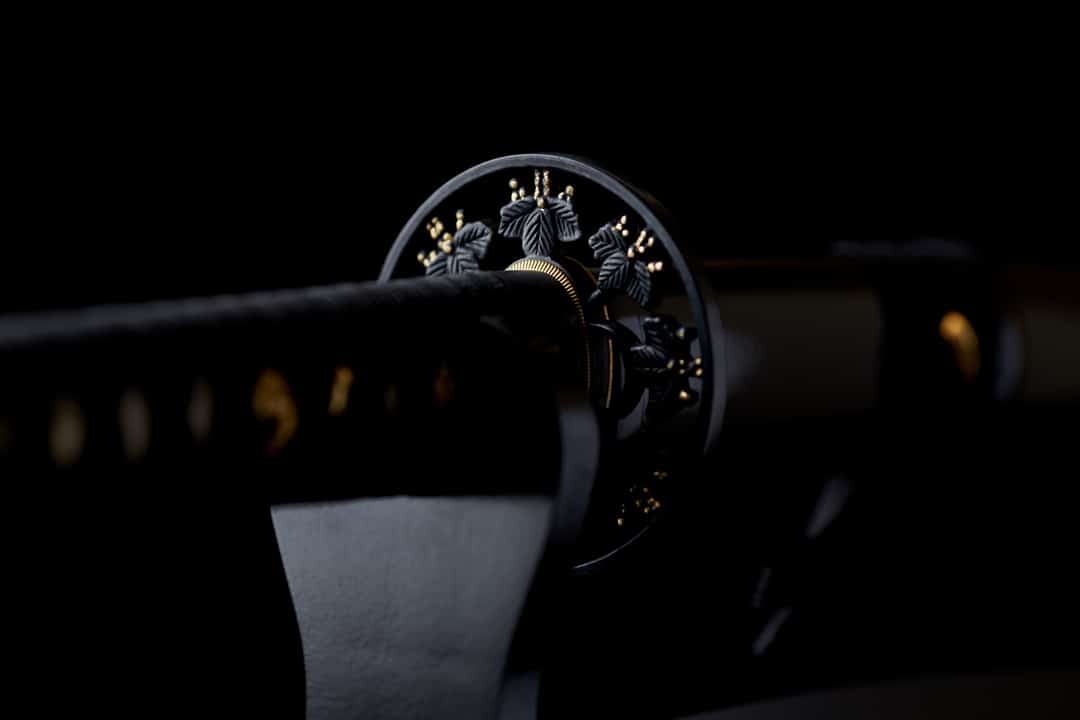
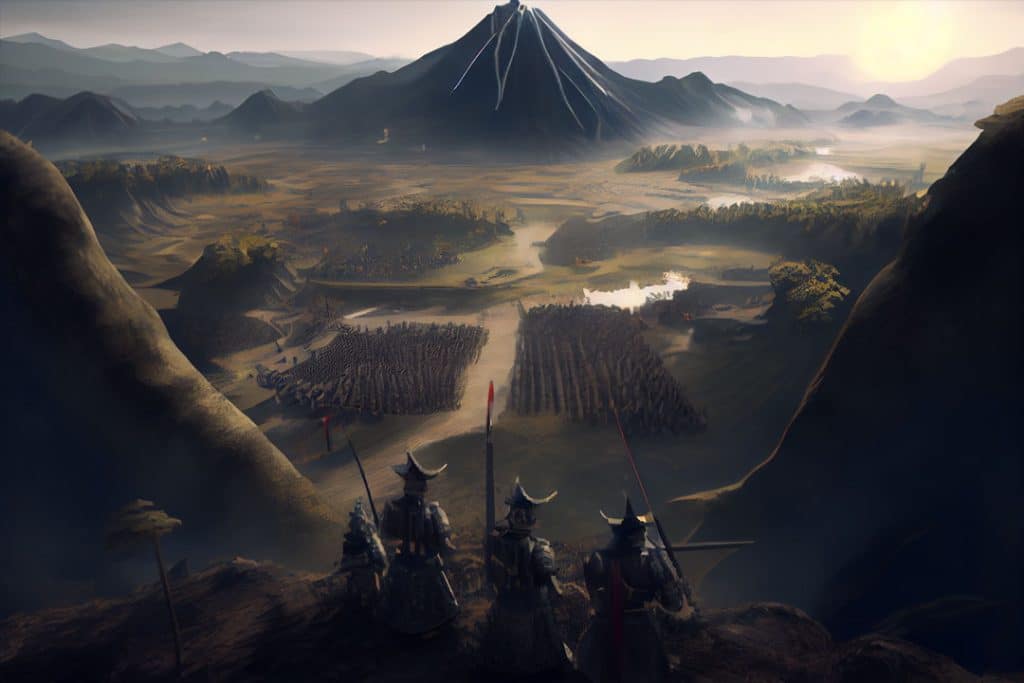


Test Your Knowledge
Feudal Japan's Warriors and Roles Unraveled
Samurai Sword Mastery: The Ultimate Challenge
Samurai Wisdom: Embark on a Journey Through the Ages